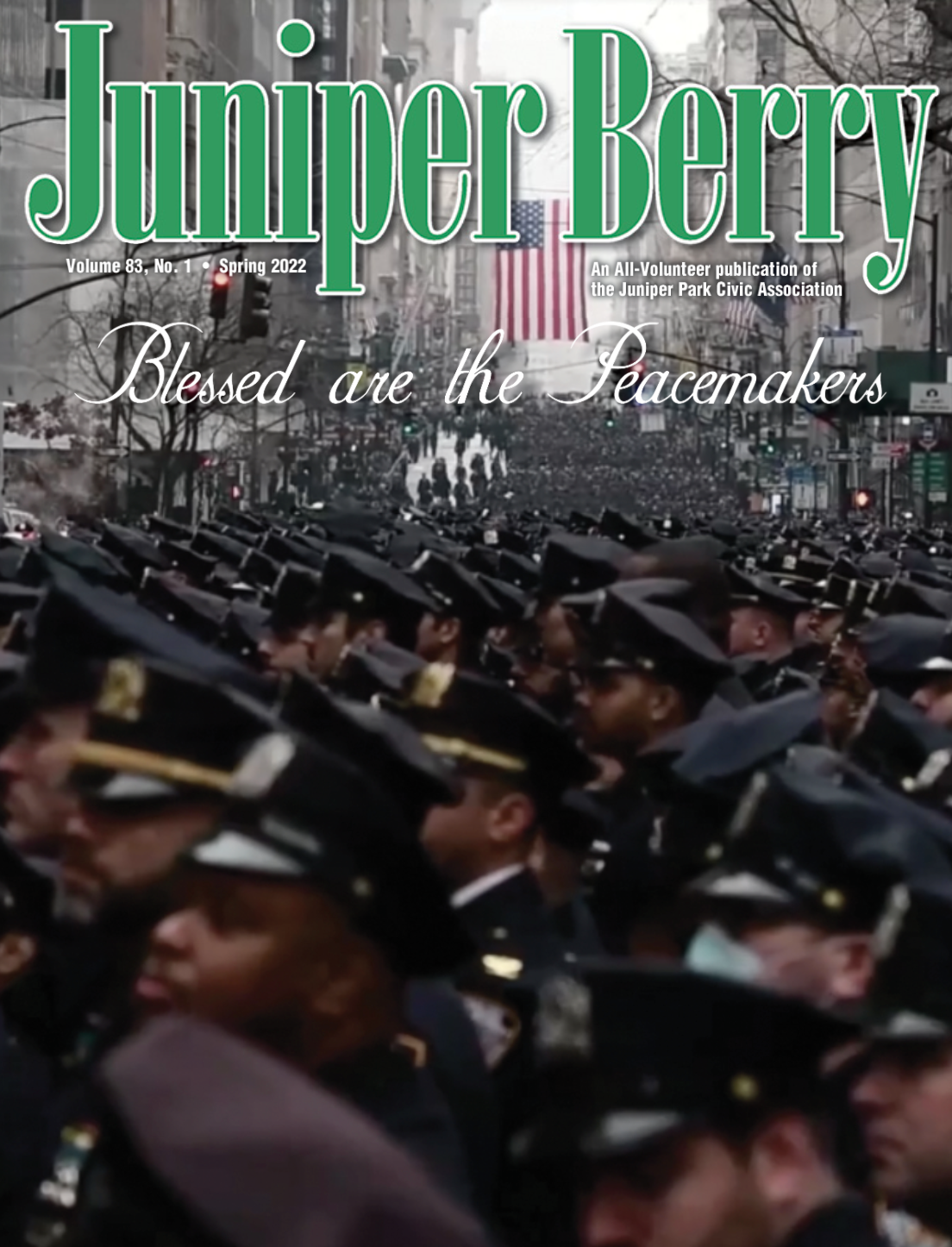There are many widespread myths about homelessness. These myths create stigmas against the homeless that are unfounded. The concept of wanting the homeless to be helped, but “not in my own backyard,” is based upon concerns rooted in fear. These fears can be alleviated by the truth.
A major concern is that the presence of the homeless being sheltered in communities will drive property values down. According to an article in the La Crosse Tribune, like many neighborhoods in NYC, the community was outraged when the city of Philadelphia proposed bringing in homeless shelters. One major concern was that their property values would decrease. As a result, the community board voted the proposal down. The city of Philadelphia went against the board and has built nine shelters. As a result, property values have increased. How? Why?
Logically, having people safely housed and off the streets will make residents moving into a new neighborhood feel safer. There’s a stigma against homeless shelters, but if they’re well-kept, they look like any other building or apartment.
Another myth is that homeless people aren’t trying. The homeless are lazy, and just don’t want to work. A report in the Washington Post claimed that at least 45% of the homeless in America are employed, but one minimum wage full-time job does not pay the bills. Due to the outsourcing of American businesses to other countries, the number of good-paying jobs, with low-skill sets and no education requirements—such as factory and certain manufacturing jobs, have greatly decreased, forcing most Americans to work multiple jobs diminishing quality of life.
Some believe the homeless are mostly criminals, and we should be afraid of their presence in our communities. Statistically, more housed people commit crimes than the homeless do. The crimes the homeless do commit are typically ones of survival—petty theft and burglary. A Survey of Violence Committed against Homeless People a new report published by the National Coalition for the Homeless finds that over the last 17 years, at least 1,657 people experiencing homelessness have been the victims of violence perpetrated for the sole reason that they were unhoused at the time.
Another myth is that all homeless people live on the streets. About 69% of homeless Americans lived in shelters in 2014, according to HUD’s survey. At least 30% of unsheltered homeless Seattle residents live in vehicles, according to the Vehicle Residency Research Program, which is the first professional attempt to calculate the number of homeless people living in vehicles. Being homeless means that you don’t have a permanent home, not necessarily that you are living on the streets.
Another concern is that government housing strains budgets. The Central Florida Commission on Homelessness found housing for a homeless person in America costs at least $10,000 dollars for taxpayers per year, while leaving them homeless costs law enforcement, jails, hospitals, and other community services an average of $31,000 dollars per person per year.
Sheltering the homeless is even more expensive in NYC—the city with some of the highest rents in the country. According to HUD, it costs New York City taxpayers an average of $40,000 dollars per homeless person each year. This means that using the Housing First model in NYC would save taxpayers even more money.
Many people believe that the homeless are mostly single, older men. According to an article in Newsweek, taken from a report on “America’s Youngest Outcasts,” 1 out of every 30 children in the United States experienced homelessness in 2013. That means nearly 2.5 million children in America were homeless at some point in 2013, and it is getting worse each year.
In New York City, families and children make up 70% of the homeless population. In total, children make up nearly 40% of the homeless in the shelters of NYC. Children make-up the fastest growing demographic of the homeless population. The effects of being homeless as a child is likely to affect them as adults for years to come. The fact is that 30% of homeless adults were homeless as children.
Homelessness is a problem locally, nationally, and globally. It is the result of problems that have been ignored for decades. This information was taken from my book on homelessness, Our Invisible Neighbors, where many more myths and causes are explored to educate the community and to propose solutions. Will you be a part of the solution? Will you seek to educate yourself on the facts of homelessness? The solutions are up to us all.
(This op-ed represents only the opinion of the author and does not reflect the views of the board of the Juniper Park Civic Association.)




